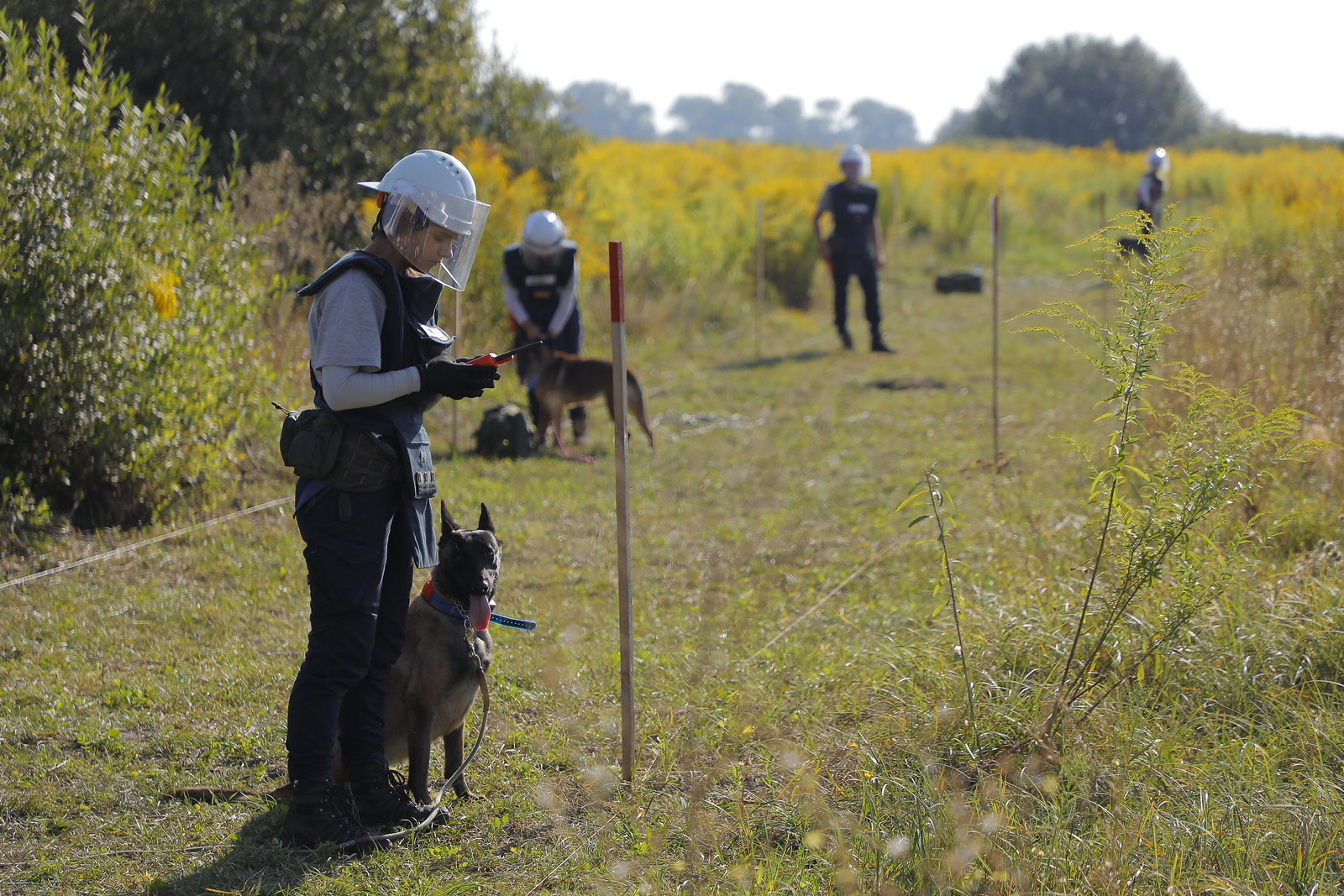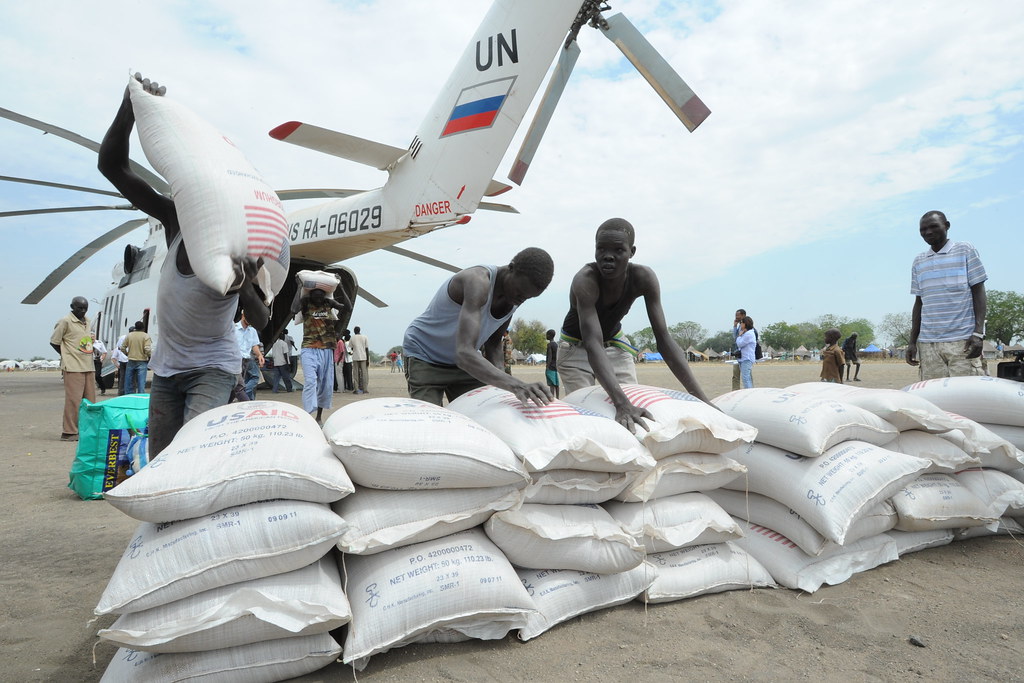While the dog days of summer come to an end here in the U.S., the very real dogs of the UN are getting to work in Ukraine.
Last week, the United Nations Development Programs announced an initiative to bring sixteen dogs and an all-female team of handlers to continue the dangerous task of demining thousands of acres of once-productive Ukrainian farm land. The teams will focus on Kharkiv for the next seven months, as well as help the Ukrainian government establish National Mine Action Standards. The project is a collaboration among the UNDP, the Mines Advisory Group (MAG) and APOPO.
These Mine Detection Dogs – also known as Technical Survey Dogs – are able to sniff out landmines that litter the landscape in the wake of conflict in a fraction of the time it takes for people to cover the same area. In fact, a skilled TSD can cover nearly a square mile each day. In addition to the use of dogs, the UN is also training rats, mongooses, pigs – even bees – to detect danger.
It’s estimated that a third of Ukraine’s countryside contains unexploded ordnances, with more than 2 million mines dropped on the nation by Russia since it invaded in February 2022.
The UN’S Role in Demining
The important work of demining is actually one of the UN’s greater – albeit lesser-known – successes. Clearing mines was actually part of the work of the very first UN emergency force established to secure an end to the Suez crisis in 1956. (Emergency forces are armed peacekeeping operations initiated to end conflict, whereas traditional peacekeeping forces are designed to maintain ceasefires and stabilize situations on the ground.) The UN began taking the lead on demining after revisions to the Geneva Convention banned the use of prisoners of war from being forced to do so, which was common practice in the aftermath of WWII.
It wasn’t until 1997, however, that the UN established the Mine Action Service (UNMAS) within the Department of Peace Operations to help eliminate explosive remnants of war (ERWs) and provide global monitoring on the use of mines during conflict. Their 3,000-person staff is currently on the ground in 20 locations worldwide. Last year alone – with the help of trained detection dogs and increasing use of artificial intelligence – they successfully destroyed nearly 140,000 EWRs and 3,000 landmines.
In 2023, the U.S. was the world’s sixth largest contributor to UNMAS.




